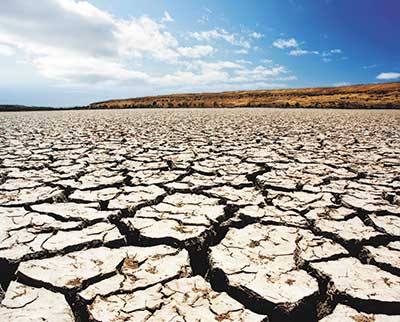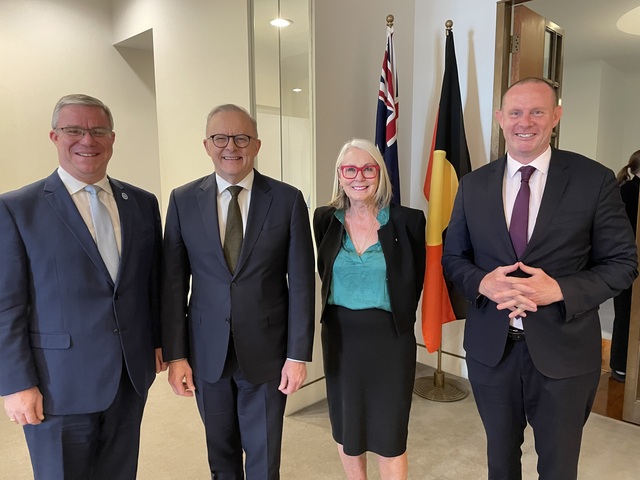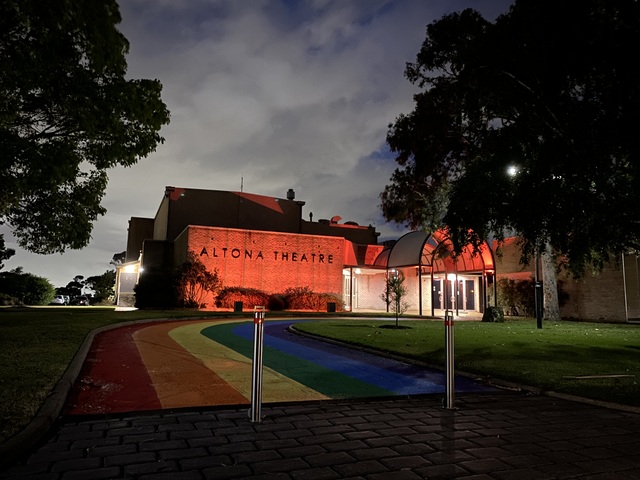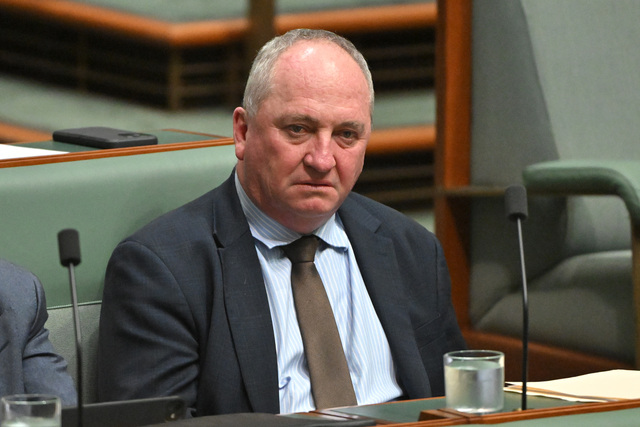Lack of rainfall in rural communities has farmers and local government struggling for solutions as conditions in eastern Australia continue to challenge community resilience, even with the recently announced drought relief package by the Federal Government.
Serious to severe rainfall deficiencies have been witnessed across much of inland Queensland, central New South Wales and small areas of Western Australia over the 16 month period from October 2012 to January 2014, resulting in some areas receiving less than 65 percent of expected rainfall reports the Bureau of Meteorology and the National Climate Center.
On February 26, Prime Minister Tony Abbott and Agriculture Minister Barnaby Joyce announced a $320 million drought support package that includes more open criteria for farmers wishing to access income support, drought concessional loans totaling $280 million, $12 million added to existing emergency water infrastructure schemes, $10 million for pest management and $10.7 million for social and mental health services in communities affected by the drought.
This all comes after major lobbying from multiple community groups and local governments.
On January 23 a joint release from the Mayor of Balonne Shire Council Donna Stewart, Mayor of Murweh Shire Council Denis Cook, Mayor of Bulloo Shire Council John (Tractor) Ferguson, Mayor of Paroo shire Council Lindsay Godfree and Mayor of Quilpie Shire Council Stuart McKenzie requested the State and Federal Governments ‘address the catastrophic calamity looming as a result of the ongoing drought’.
Mayor McKenzie said that council has had to face multiple challenges from the drought, including impeded road works.
Normally water used in the paving process would be sourced from local farms rather than being trucked in.
“We just can’t take water from landowners, it’s too precious,” he said.
Rate deadlines have also been extended by two months for those struggling to make ends meet.
Further south, the Moree Plains Shire Councilor Mayor Katrina Humphries made a passionate plea for help in early February,
“Water and fodder are what’s needed, subsidies are good, but they are generally not 100 percent and there is no cash to match dollar-for-dollar offers.
“We need grants – and it need not be in cash, it can be in allocations of fodder and water – to be made directly to farmers via a government agency set up and ‘manned’ by people from the bush who understand the issues and can provide first-hand assistance.”
She also relayed a personal story; an amalgamation of several tragic anecdotes she has heard from farmers struggling in the region.
“He’s feeling as guilty as hell because he has food, albeit basic, but his cattle are bawling at the back gate, waiting for him to dole out what is left of the last lot of poor quality hay.
He cannot even walk out the back door without being confronted by the ever-watching eyes of his stock, imploring him to provide their meager rations.
As if that weren’t enough, every day he has to walk the paddocks looking for dying animals, some of them with eyes picked out by crows, and shoot them as they lie there, too weak to get up.”
Mayor Humphries went on to explain that the grazier’s wife is suffering equally, unable to keep the children healthy or afford medication, including her worry that “She is not game to leave her husband for any longer than 20 minutes because she fears he will turn the gun, the one he uses to put the dying stock out of their misery, on himself.
“If she says anything, everyone, even the people you’d think would know better, will just say she’s one of those ‘whinging farmers’.”
On February 5, Maranoa Regional Council Mayor Robert Loughnan advocated for rural debt support following the Cranky Cockies Rural Crisis Forum, a meeting organised by three cattle producers from the Roma/Condamine area of southwest Queensland.
The forum suggested the development of a Rural Reconstruction and Development Bank; a scheme involving the purchasing of farm debt from the major banks at a discounted rate allowing for major renegotiation of loans with farmers, potentially cutting them in half.
“I believe this was one of those rare occasions when a public meeting was called more to put forward solutions to a crisis situation rather than to re-state the problems,” Cr Loughnan said.
“To keep families on the land and producing for our country, there needs to be some form of federal assistance to ease what is now an unsustainable level of debt.
“That debt situation is not just a problem unique to the Maranoa or Queensland, but is being experienced across the whole nation.”
In attendance was the Queensland Minister for Agriculture, Fisheries and Forestry John McVeigh, the Federal Minister for Agriculture Barnaby Joyce, Member for Kennedy Bob Katter and Member for Warrego Howard Hobbs.
While a Rural Reconstruction and Development Bank has not been included, Minister Joyce is satisfied that this assistance package will be exactly what the farmers need.
“This new package will assist impacted farm businesses and farm families to deal with immediate financial pressures and improve their capacity to recover when the rain finally comes.”
Western Downs Regional Council is encouraging those affected by the drought to seek the assistance.
In a statement, Mayor Ray Brown said, “It’s good to see the Australian Government answering the community’s calls for extra assistance during this drought.”
Despite the challenges the region is facing, Mayor McKenzie is optimistic for Quilpie’s future, with mining still going strong in the region.
Of the assistance the government has offered, while none is going directly to councils, he says pest control funding may be used to curb wild dog problems in the region and reduce pressure on council.
“Quilipe is a diverse and progressive council, and rainfall is just starting to look better, so we have an optimistic outlook for the future.”








